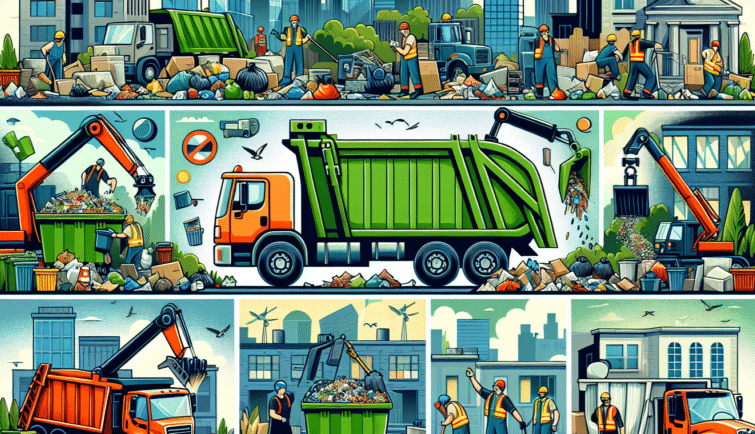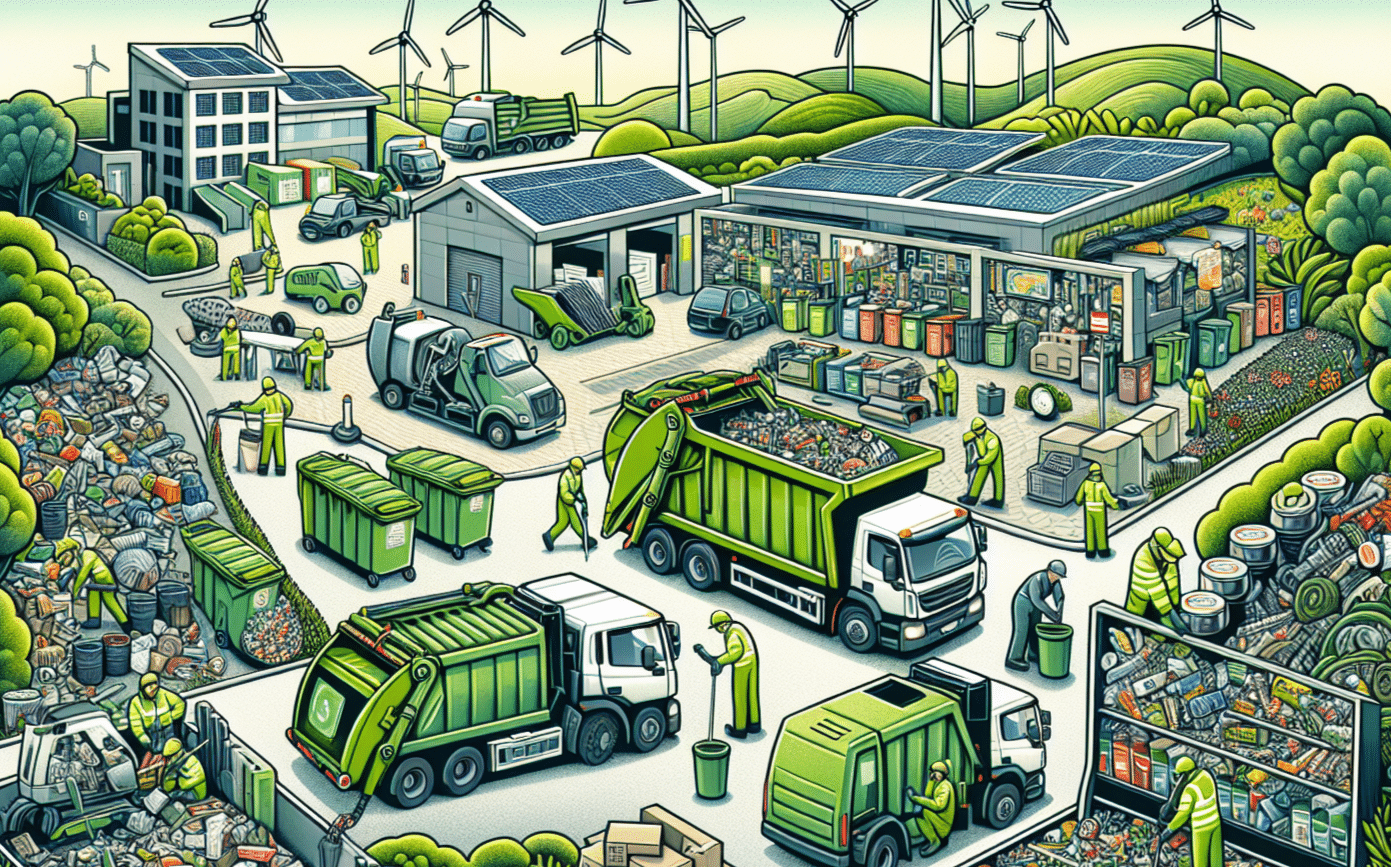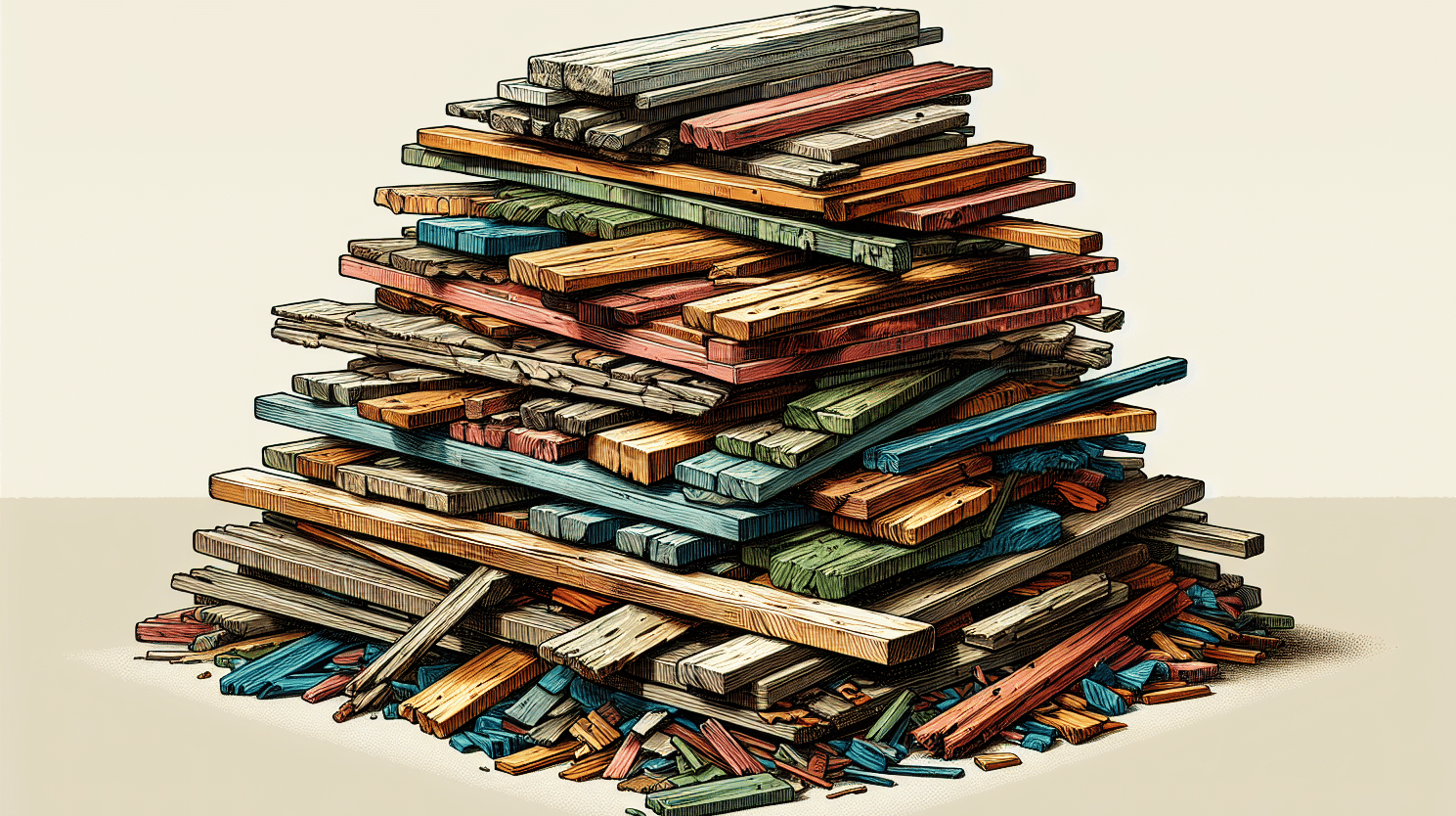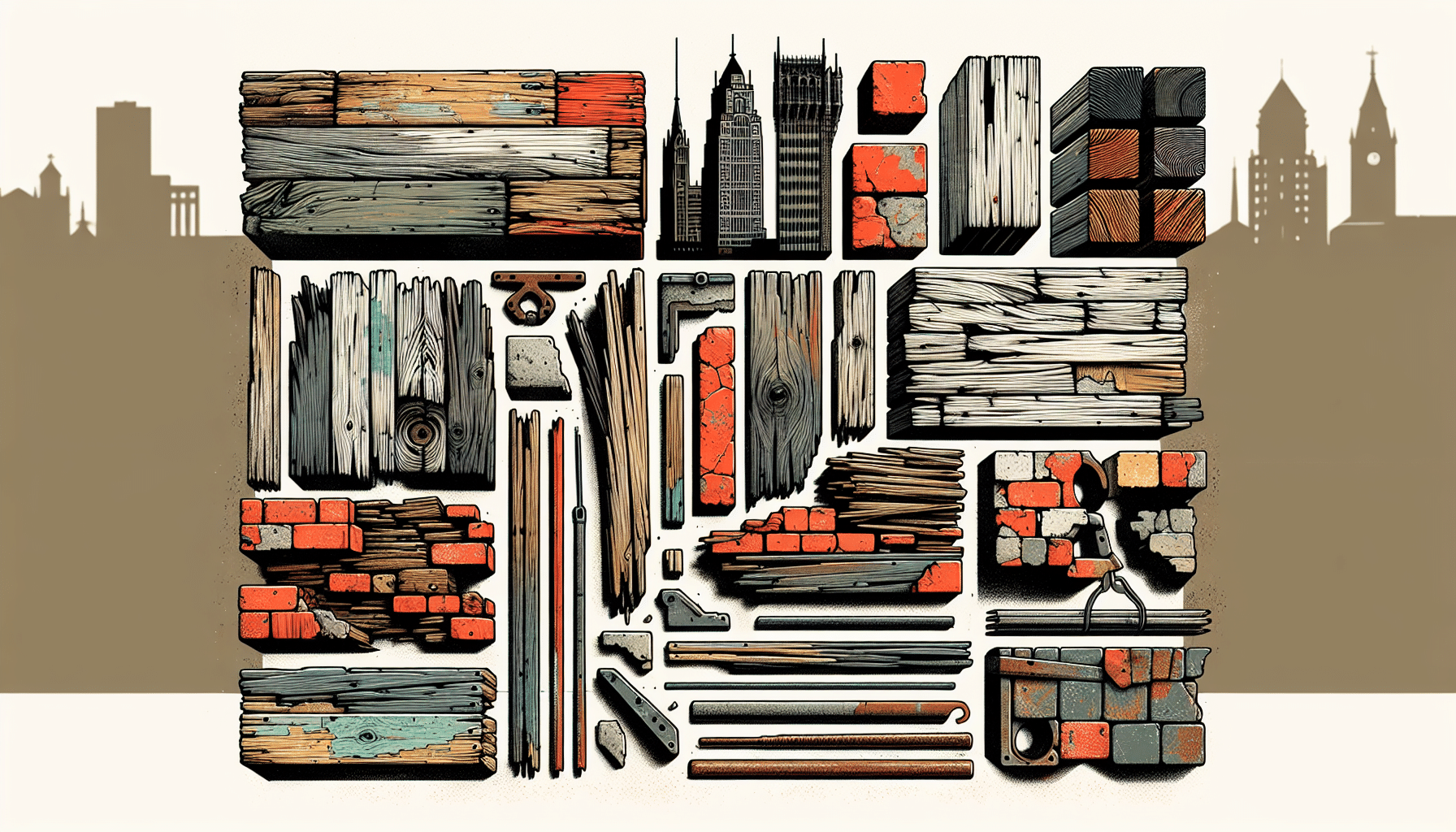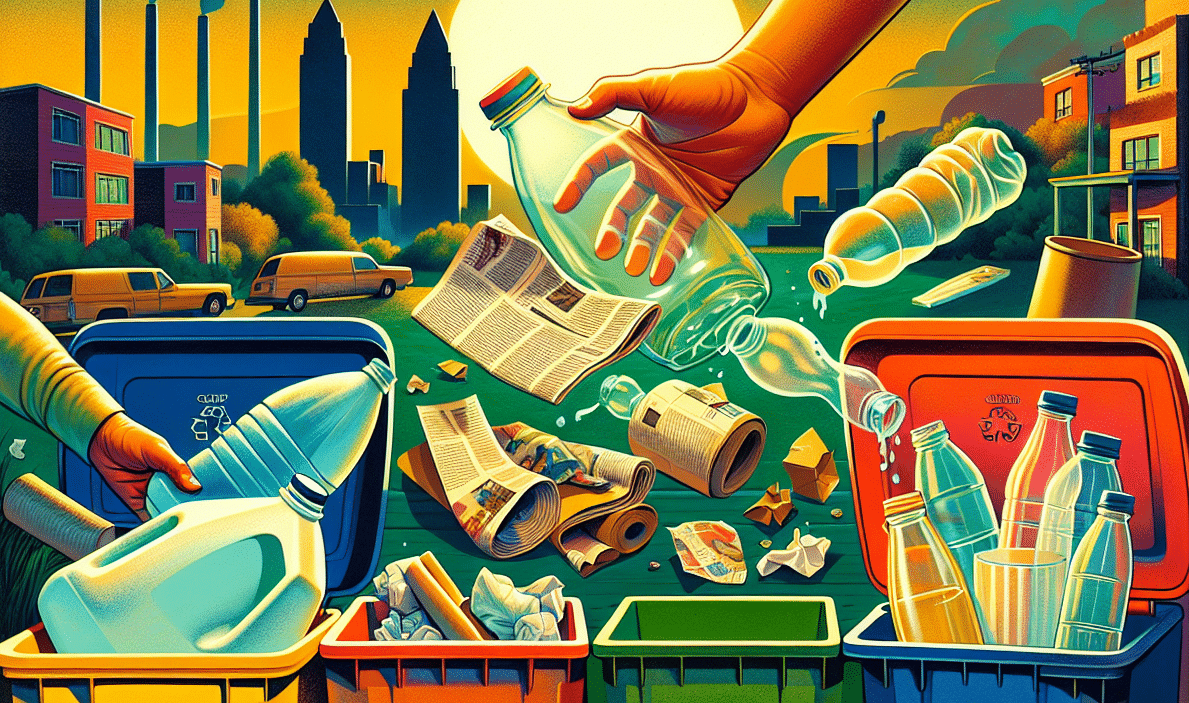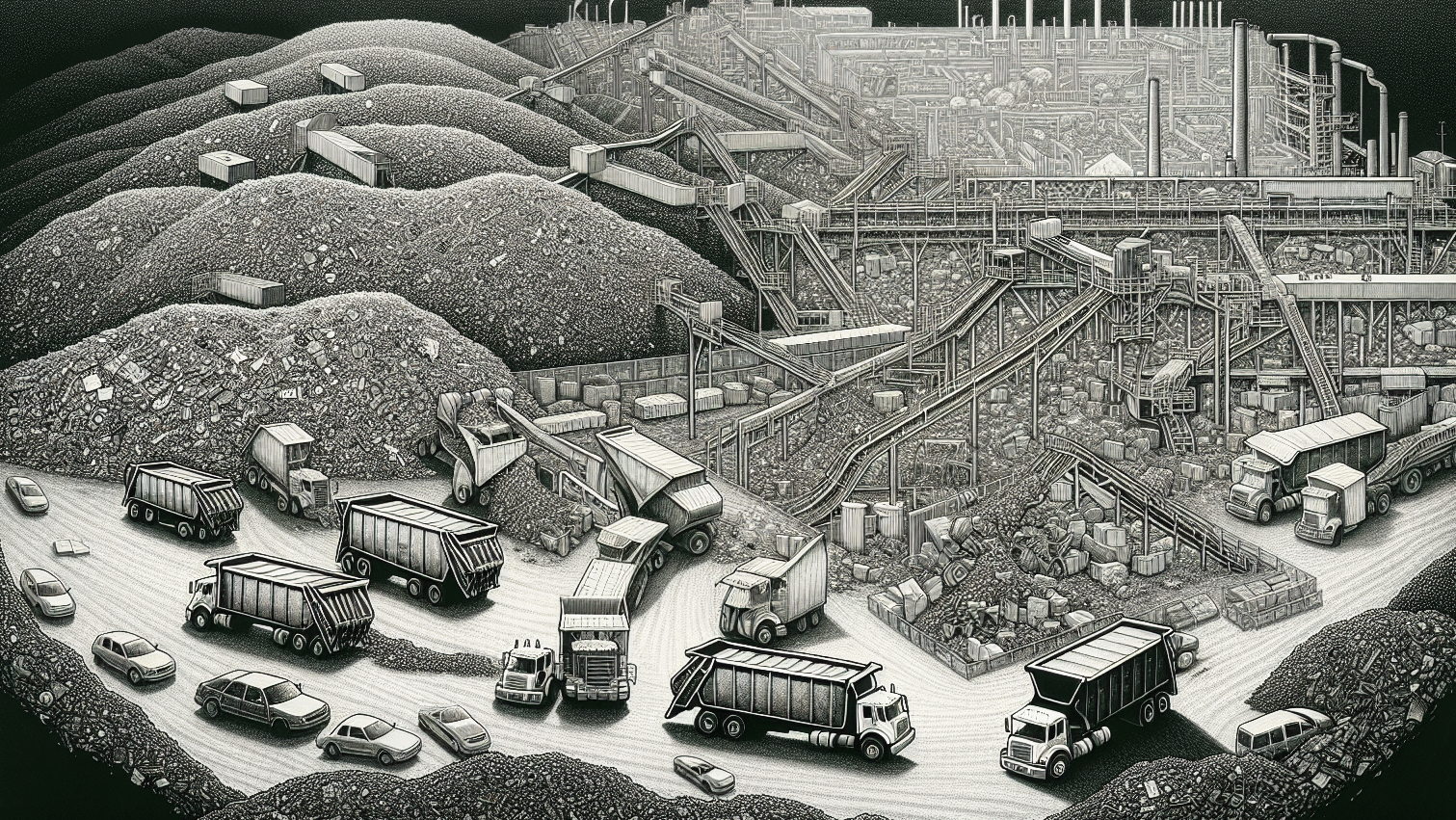Discover the essentials of recycling in San Francisco, CA, from what goes into the blue, green, and black bins, to special waste handling. This guide demystifies San Francisco’s recycling program, helping you contribute to a greener city with accurate sorting and disposal practices.
Key Takeaways
- San Francisco’s recycling program provides blue, green, and black bins for recyclables, compostables, and landfill waste respectively. Residents are required to sort their waste correctly for efficient processing.
- Special materials such as electronic waste and hazardous items have designated disposal guidelines and locations in San Francisco, ensuring safe and environmentally sound recycling or disposal.
- San Francisco also offers specialized recycling services for unique items such as textiles and tires. In addition, San Francisco promotes DIY waste reduction practices at home for a greener city.
Navigating San Francisco’s Recycling Program
San Francisco’s recycling program offers a flat rate service to its residents, catering to three main categories of waste: recyclables, compostables, and landfill-bound trash. Each category has a specific bin – blue for recycling, green for composting, and black for landfill. It is vital for residents to sort waste correctly so that recyclable and compostable materials reach the appropriate processing facilities.
Blue Bin Basics
The blue recycling bin accepts a broad range of recyclable items, including cans, bottles, and other aluminum projects. Regardless of the type of container you’re recycling, whether it’s a bottle or a can, it should be emptied and rinsed to remove any remaining contents. Before throwing an item into the blue bin, pause and check if it aligns with these guidelines.
Green Bin Guidelines
The green composting bin is where your organic waste can be disposed of. From yard trimmings to natural corks from your latest wine tasting, these materials are destined to be transformed into nutrient-rich compost. The green bin turns your organic waste into a valuable resource for local farms, as opposed to using landfill bins for disposal.
Black Bin Boundaries
The black bin is for items that can’t be composted or recycled. From non-reusable household toys made of mixed materials (with all batteries removed) to broken glassware and composite corks, these items are bound for the landfill. Although it’s necessary to reduce landfill waste, some items can’t be diverted. It is always worthwhile to double-check acceptable landfill items before relegating something to the black bin.
Proper Disposal of Special Materials
Aside from everyday items, there are also special materials that require specific disposal methods. Items such as cassette tapes and medical supplies must be carefully disposed of. San Francisco has designated drop-off locations and specified disposal guidelines for each of these materials.
Electronic Recycling Solutions
Electronic waste, also known as e-waste, is a growing concern in this digital age. With circuitry containing harmful heavy metals like mercury and lead, electronic devices need careful disposal to prevent environmental pollution. Residents can dispose of up to 30 electronic items for free monthly at the SF Transfer Station, provided they’re not mixed with other types of waste.
Hazardous Waste Handling
Hazardous waste, such as compressed gas tanks, fluorescent lamps, and batteries, demands careful disposal. Adhering to certain disposal guidelines is imperative to prevent potential harm to the environment and public health. For instance, compressed gas tanks should be returned to propane vendors or grocery stores for an exchange. Fluorescent light bulbs can be taken to neighborhood drop-off sites, while small household batteries can be placed in a clear plastic bag atop the black bin for disposal or taken to a retail take-back location. Residents should always prioritize the safe disposal of hazardous waste, as it plays a crucial role in protecting San Francisco’s environment and public health.
Bulky Item Breakdown
Large items like furniture and appliances can be challenging to dispose of, but San Francisco has solutions for these. Here are some options for disposal:
- For items that are still in good, functioning condition, consider donating them.
- For those beyond repair, several recycling centers in the Bayview area accept large items drop-off.
- There are also services available for materials like wood and lumber treated with chemical preservatives that require special attention.
Ensuring to properly dispose of bulky items is key to maintaining efficient recycling practices in San Francisco.
Maximizing Cardboard and Paper Recycling
In San Francisco, cardboard and paper can be recycled and turned into new products, effectively reducing waste and conserving resources. To ensure they can be recycled efficiently, there are a few best practices to keep in mind.
Newspaper Know-How
Newspapers are a common item in households, but recycling them requires a bit of care. To ensure they can be recycled, they need to be clean, dry, and unsoiled. That means keeping them away from food waste, oil, or other contaminating materials, which could turn them into soiled paper. Newspapers should also be securely placed within the blue recycling bin to prevent them from becoming wet or contaminated.
Cardboard Collection Tactics
When it comes to cardboard, the key is preparing it properly for recycling. Here are some guidelines to follow:
- Cardboard should be clean, dry, and properly flattened.
- If it’s oversized, place it next to the blue recycling cart and notify customer service at least one business day in advance for pick-up.
- Before recycling, try to remove as much tape as possible from the cardboard.
Implementing these measures aids in resource conservation and waste reduction in San Francisco.
Understanding Compostables vs. Recyclables
You’ve learned about the blue recycling bin and the green compost bin, but what’s the big difference between recyclables and compostables? In San Francisco, these two types of waste are processed differently and serve different purposes.
Food Scraps and Plant Debris
The green composting bin is where your food scraps and plant debris go. This includes everything from fruits and vegetables, meat, eggshells, coffee grounds, and tree branches. These organic materials are transformed into nutrient-rich compost, supporting local agriculture and contributing to a greener city.
Compostable Containers and Utensils
In addition to food scraps and plant debris, certain containers and utensils can also be composted, such as compostable cups, plates, bowls, utensils, and storage containers. These items should be labeled ‘Compostable’ or certified by BPI. They are accepted in San Francisco’s green compost bins. Composting these items helps decrease landfill waste and generate valuable compost for local farms.
Specialty Recycling Services in San Francisco
In addition to the standard recycling services, San Francisco also offers specialized services for certain items. These services cater to materials that don’t fit the typical recycling categories, like textiles and tires.
Textile Reuse and Recycling
When it comes to textiles like clothes, shoes, accessories, and fabric, San Francisco encourages donation and recycling. If they’re in good condition, consider donating them to local thrift stores. If they’re worn out, they can be recycled as long as they’re clean and dry. Reusing and recycling textiles significantly cuts down landfill waste and fosters sustainable living.
Tire Recycling Rundown
Tire recycling is another specialized service offered in San Francisco. Depending on the type and condition of the tires, recycling centers may charge fees for tire disposal. With numerous drop-off locations throughout the city and upcoming tire amnesty events, there are plenty of options for environmentally responsible tire disposal.
DIY Recycling: Reducing Waste at Home
Beyond the city’s recycling services, residents can also practice recycling at home. There are numerous and creative ways to reduce waste through reuse and recycling, helping residents contribute to a greener San Francisco right from their own home.
Creative Reuse Ideas
From turning foam pipe insulation into baby-proofing material to repurposing old books as a kitchen knife storage solution, the possibilities for creative reuse are endless. By thinking outside the box, you can find new uses for items that would have otherwise ended up in the bin. Not only does this reduce waste, but it also creates unique and personalized items for your home.
Minimizing Packaging Waste
Packaging waste is a significant contributor to landfills. However, from optimizing the design of product packaging to utilizing dimensioning tools and cartonization software, you can significantly reduce packaging waste. Even small actions, like minimizing the use of loose fillers and choosing sustainable packaging materials, can make a big difference in waste reduction.
Summary
From understanding San Francisco’s various recycling programs and their specific disposal practices for special materials, residents can be confident in San Francisco’s recycling initiatives. But the journey doesn’t stop here. It’s now up to each resident to put this knowledge into practice, ensuring that San Francisco remains clean and green for generations to come.
Frequently Asked Questions
How do I recycle electronics in San Francisco?
To recycle electronics in San Francisco, you can dispose of up to 30 electronic items for free each month at the SF Transfer Station, as long as they are not mixed with other types of waste. Additionally, you can utilize recycling centers such as Recology for electronic recycling.
What should I do with large items like furniture and appliances?
Consider donating large items if they’re still in good condition, or look for recycling centers that accept drop-offs for items beyond repair.
Can I compost containers and utensils?
Yes, you can compost containers and utensils labeled as ‘Compostable’ or certified by BPI in green compost bins.
How can I reduce waste at home?
You can reduce waste at home by finding creative ways to reuse and recycle items, and by minimizing packaging waste through thoughtful design and the use of dimensioning tools and cartonization software.
Where can I find recycling centers in San Francisco?
You can find information on recycling centers in San Francisco, including their services and locations, online.

